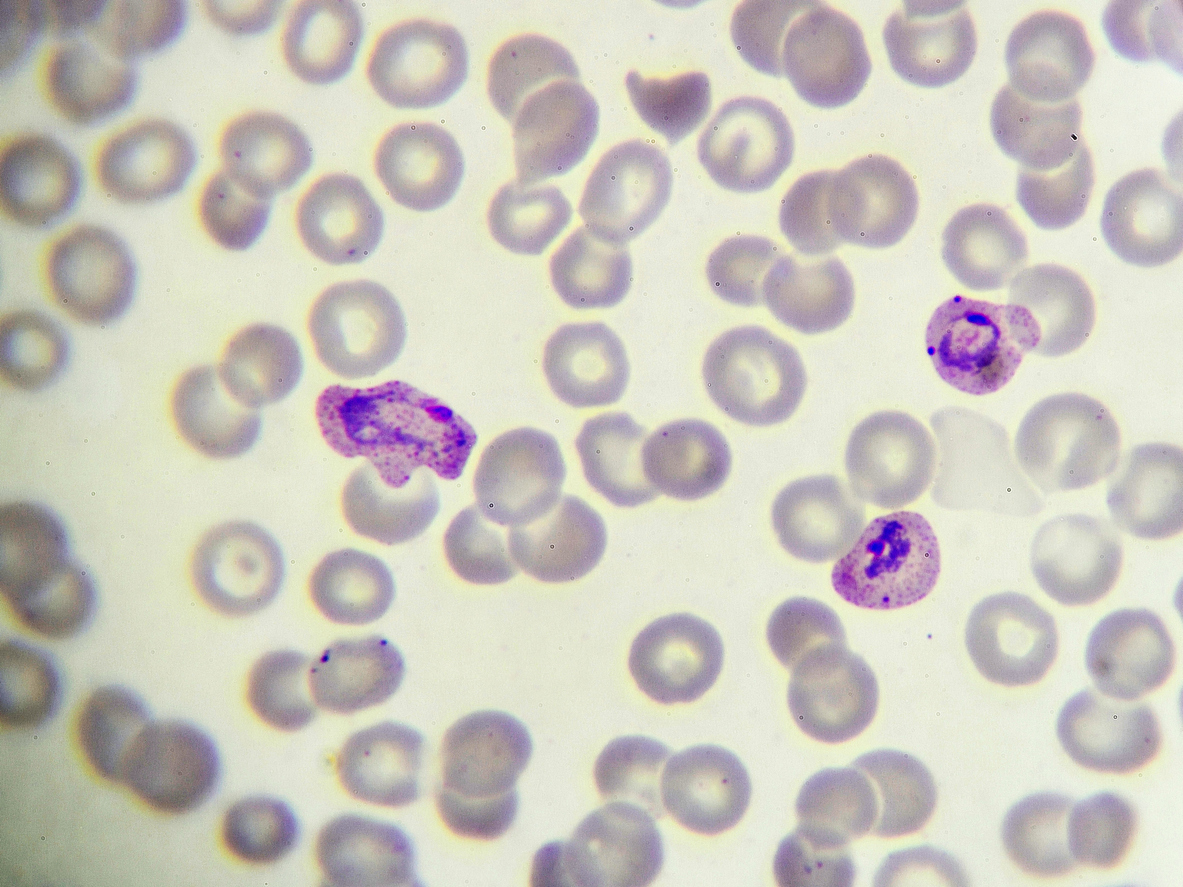Researchers have synthesised a promising new antimalarial agent. Could this breakthrough be the key to eradicating malaria worldwide?
Malaria is a life-threatening disease caused by five protozoan parasites, namely, Plasmodium falciparum, P. vivax, P. malariae, P. ovale, and P. knowlesi. It is transmitted through the bites of infected female Anopheles mosquitoes and can cause symptoms, such as fever, chills, headache, body aches, and diarrhoea. According to the World Health Organization (WHO), it is one of the leading causes of death in developing countries. In 2022, an estimated 249 million people from 85 countries contracted malaria; of this figure, approximately 608,000 people died.
Fortunately, malaria is a treatable disease. Currently, artemisinin combination therapy (ACT) is considered the most effective treatment for malaria. It involves administering a combination of an artemisinin derivative and an antimalarial drug to eliminate malaria-causing protozoan parasites from the human body. Artemisinin is a chemical compound extracted from the sweet wormwood plant (Artemisia annua), and its derivatives are known for their potent antimalarial properties.
However, some strains of P. falciparum, the deadliest malaria parasite, have developed resistance against ACT, posing significant challenges to healthcare systems. This underscores the urgent need for new treatment strategies to address the evolving threat of artemisinin-resistant malaria.
A team of researchers led by Toshihiro Mita and Yuzuru Kubohara from Juntendo University in Japan has synthesised a new antimalarial agent called DIF-1(+3). This agent is a derivative of Dictyostelium differentiation-inducing factor-1 (DIF-1), a chemical compound found in the cellular slime mold Dictyostelium discoideum. Previous studies have shown that DIF-1 and its derivatives, such as DIF-1(+2), possess antimalarial properties, prompting the researchers to develop DIF-1(+3) to explore its potential against artemisinin-resistant malaria.
To assess the efficacy of DIF-1(+3) against artemisinin-resistant malaria, the researchers conducted in vitro and in vivo tests. In the in vitro test, they exposed different strains of P. falciparum, including those resistant to artemisinin, to DIF-1(+3) and DIF-1(+2) over seven days. Meanwhile, in the in vivo test, they administered DIF-1(+3) and DIF-1(+2) to mice infected with Plasmodium berghei, a rodent malaria parasite. The results of the in vitro test showed that DIF-1(+3) had a more significant inhibitory effect on the P. falciparum strains than DIF-1(+2). In the in vivo test, DIF-1 (+3) was more effective at suppressing parasite growth in the mice than DIF-1(+2). It also increased the mice’s survival time without causing any adverse effects.
The development of DIF-1(+3) brings us a step closer to eradicating malaria. However, further studies are needed to fully understand its mechanism of action.


